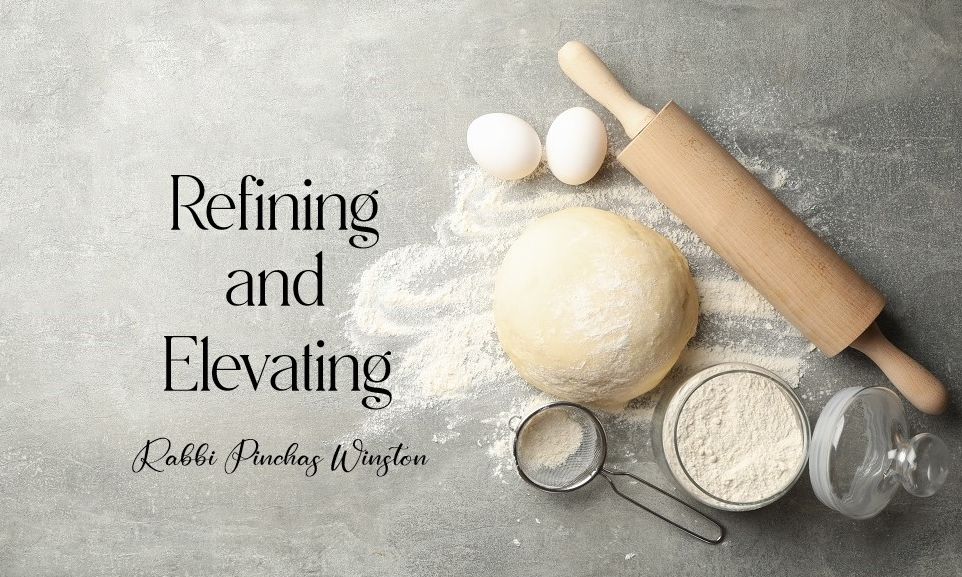
Acharei Mot: Refining and Elevating
Had Nadav and Avihu refined their spiritual sense even more, the Torah is telling us - like so many others before them - their mistake could have been avoided…

א וַיְדַבֵּ֤ר יְהוָֹה֙ אֶל־משֶׁ֔ה אַֽחֲרֵ֣י מ֔וֹת שְׁנֵ֖י בְּנֵ֣י אַֽהֲרֹ֑ן בְּקָרְבָתָ֥ם לִפְנֵֽי־יְהוָֹ֖ה וַיָּמֻֽתוּ
ב וַיֹּ֨אמֶר יְהֹוָ֜ה אֶל־משֶׁ֗ה דַּבֵּר֘ אֶל־אַֽהֲרֹ֣ן אָחִ֒יךָ֒ וְאַל־יָבֹ֤א בְכָל־עֵת֙ אֶל־הַקֹּ֔דֶשׁ מִבֵּ֖ית לַפָּרֹ֑כֶת אֶל־פְּנֵ֨י הַכַּפֹּ֜רֶת אֲשֶׁ֤ר עַל־הָֽאָרֹן֙ וְלֹ֣א יָמ֔וּת כִּ֚י בֶּֽעָנָ֔ן אֵֽרָאֶ֖ה עַל־הַכַּפֹּֽרֶת
G-d spoke to Moses after the death of Aharon’s two sons, who had brought an [unauthorized] offering before G-d and died. G-d told Moses, “Speak to your brother Aharon, and let him not enter at just any time the [Inner] Sanctuary beyond the partition concealing the Ark, so that he may not die, since I appear over the Ark cover in a cloud…” (Vayikrah 16:1-2)
Parshat Acharei Mot begins with a somewhat detailed description of the Yom Kippur service, as performed in the Mishkan and Temple times. As to why the Torah was compelled to link Yom Kippur to the death of Aharon’s sons, there are a number of reasons. Rashi cites the Mott obvious one: Nadav and Avihu died because they had entered the very same area without G-d’s permission, and the mention of their deaths emphasizes the danger of doing so.
Another explanation is that the death of a tzaddik atones for the generation (Moed Katan 28a), just as Yom Kippur itself does. It could be that the death of a single tzaddik could replace the need to destroy countless individuals.
A less obvious explanation emerges out of the general theme of the entire book of Vayikrah, and is alluded to by the Yom Kippur service:
יב וְלָקַ֣ח מְלֹֽא־הַ֠מַּחְתָּ֠ה גַּֽחֲלֵי־אֵ֞שׁ מֵעַ֤ל הַמִּזְבֵּ֨חַ֙ מִלִּפְנֵ֣י יְהֹוָ֔ה וּמְלֹ֣א חָפְנָ֔יו קְטֹ֥רֶת סַמִּ֖ים דַּקָּ֑ה וְהֵבִ֖יא מִבֵּ֥ית לַפָּרֹֽכֶת
“He shall take burning coals from off the altar before G-d, and his hands full of finely-beaten aromatic incense, and bring [them both] into the [Inner] Sanctuary beyond the cloth partition. (Vayikrah 16:12)
The incense referred to is the same as mentioned in the following Talmudic statement (and also read each morning as part of the Morning Service):
The rabbis taught: How is the incense mixture formulated? Three hundred and sixty-eight maneh…from which the Kohen Gadol would bring both his handfuls on Yom Kippur. He would return them to the mortar on the day before Yom Kippur, and grind them very thoroughly so that it would be exceptionally fine … (Krisos 6a)
The incense used on Yom Kippur was not a different mixture of spices, specially formulated for Yom Kippur, as one might have thought. It was, in fact, the exact same mixture of spices used for the Incense-Offering all year round, with one exception: it was ground extra fine; Yom Kippur, the Day of Atonement, required “extra fine” ketoret (incense).
Ketoret represents many things, but specifically something called Daat, which literally means “knowledge,” but specifically alludes to a deeper, more spiritual understanding of the way G-d runs His world. In other words, there is daat, and then there is Daat, and ketoret represented the latter. It is this level of knowledge to which Shlomo HaMelech, the person known for his high level of wisdom, referred:
ד אִם־תְּבַקְשֶׁ֥נָּה כַכָּ֑סֶף וְֽכַמַּטְמוֹנִ֥ים תַּחְפְּשֶֹֽנָּה
ה אָ֗ז תָּ֖בִין יִרְאַ֣ת יְהוָ֑ה וְדַ֖עַת אֱלֹהִ֣ים תִּמְצָֽא
If you seek it like money and pursue it like hidden treasures, then you will understand fear of G-d, and you will find Daat Elokim (the knowledge of G-d). (Mishlei 2:4-5)
It had been an Incense-Offering that Nadav and Avihu had brought without authorization.
What role does the grinding play in all of this? One not unlike the role grinding plays in the production of flour from wheat:
If there is no flour, then there is no Torah … (Pirke Avos 3:21)
Flour comes from grinding wheat, which the Ultimate Wisdom made for this purpose. Through this, man is distinguished from the rest of the animals, as the Talmud states (Pesachim 118a): At the time the Holy One, Blessed is He, told Adam, “It will bring forth thorns and thistles … ” tears formed in his eyes. He said before Him, “Master of the Universe! Will I and my donkey eat from the same trough?!” What this means is that, had it not been that his food was ground finely, he would not have been able to achieve the completion of Torah (i.e., receive Torah at Mt. Sinai 26 generations later) … (Meiri, Commentary on Pirke Avos, 3:21)
Wheat is coarse and barely food, fit primarily for animal consumption. However, by grinding wheat into flour, the wheat becomes refined and elevated to the level of food fit for humans, though it is barely edible to 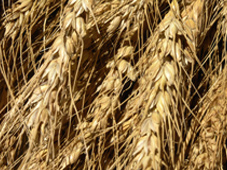 animals. What the Meiri is pointing out is this process is representative of a similar process in the world of ideas, one that transforms “coarse” ideas into refined ones, spiritually “coarse” individuals into godly ones.
animals. What the Meiri is pointing out is this process is representative of a similar process in the world of ideas, one that transforms “coarse” ideas into refined ones, spiritually “coarse” individuals into godly ones.
What this means is that, like food, ideas rarely come “ready-to-eat.” They must undergo a process that reveals the hidden “kernel” of truth within, the main staple of an intellectually-honest diet. In life, and especially in the realm of the intellect, very little is as it appears on the surface; truth is what emerges after “raw” truth has been ground down to its essence, a procedure known as the Talmudic process (see, “Redemption to Redemption,” Part Two: Pesach, Chapter Two: The Centrality of Speech, on the Project Genesis Website).
Every day of the year ground incense was used, because all year round daat must be ground and refined. However, on Yom Kippur, we use finely ground Ketoret/Daat, because this is the one time of year we seek perfect atonement, and above all, kedushah (holiness). And, as the Torah is pointing out, it is refined Daat that is at the root of both, as we will soon discuss. Had Nadav and Avihu refined their already refined daat even more, the Torah is telling us, like so many others before them, including Adam HaRishon himself, their mistake could have been avoided.


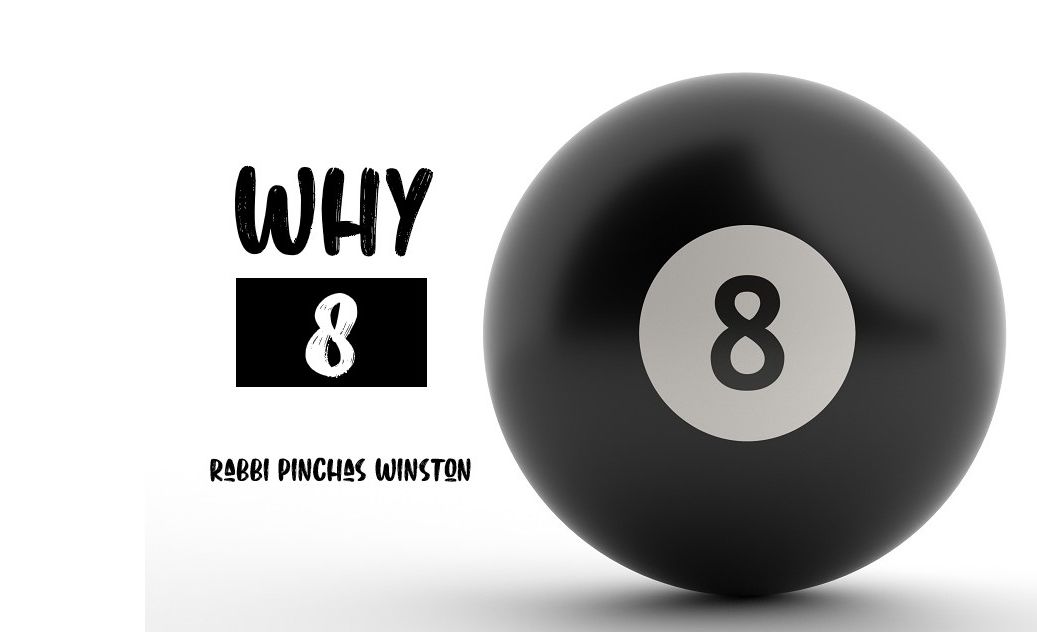

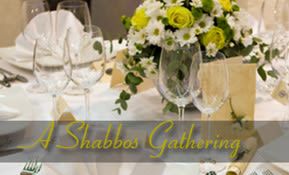
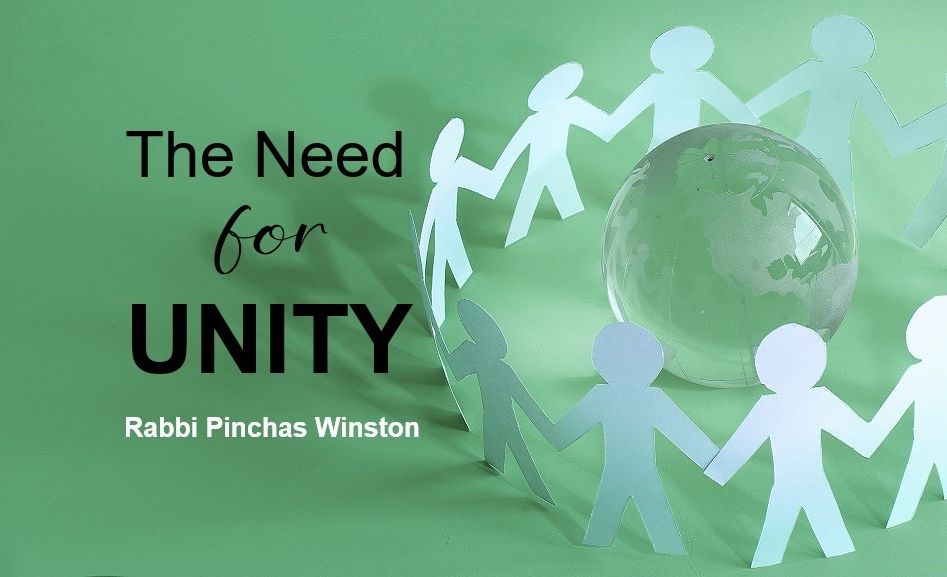
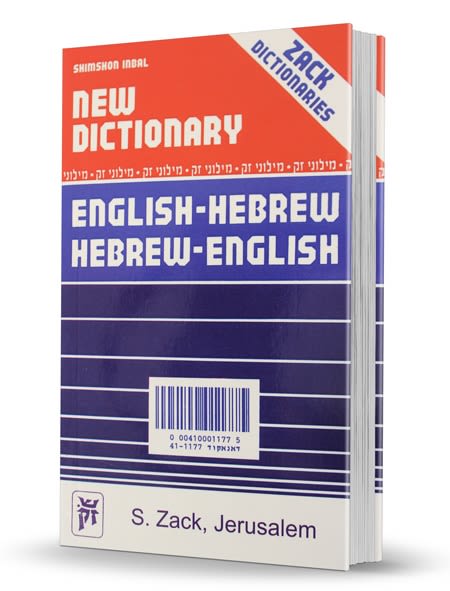

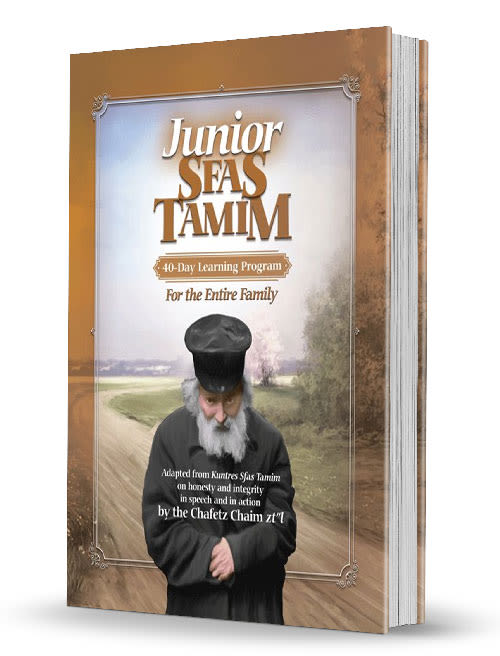
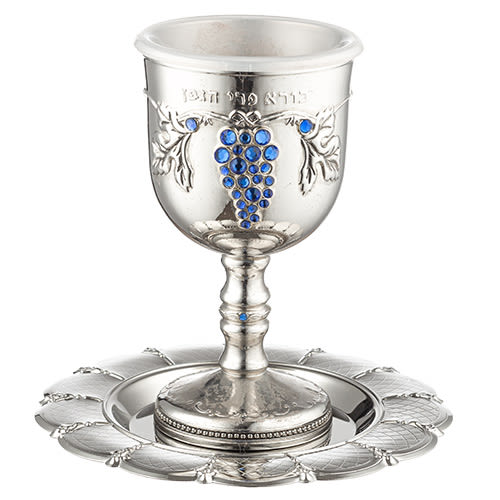
Tell us what you think!
Thank you for your comment!
It will be published after approval by the Editor.